Graphic
Kayla Williams Tools for Type
-
Tauira / Student
Kayla Williams -
Kaiako / Lecturers
George Hajian, Layla Tweedie-Cullen
-
School
AUT Art + Design 2025
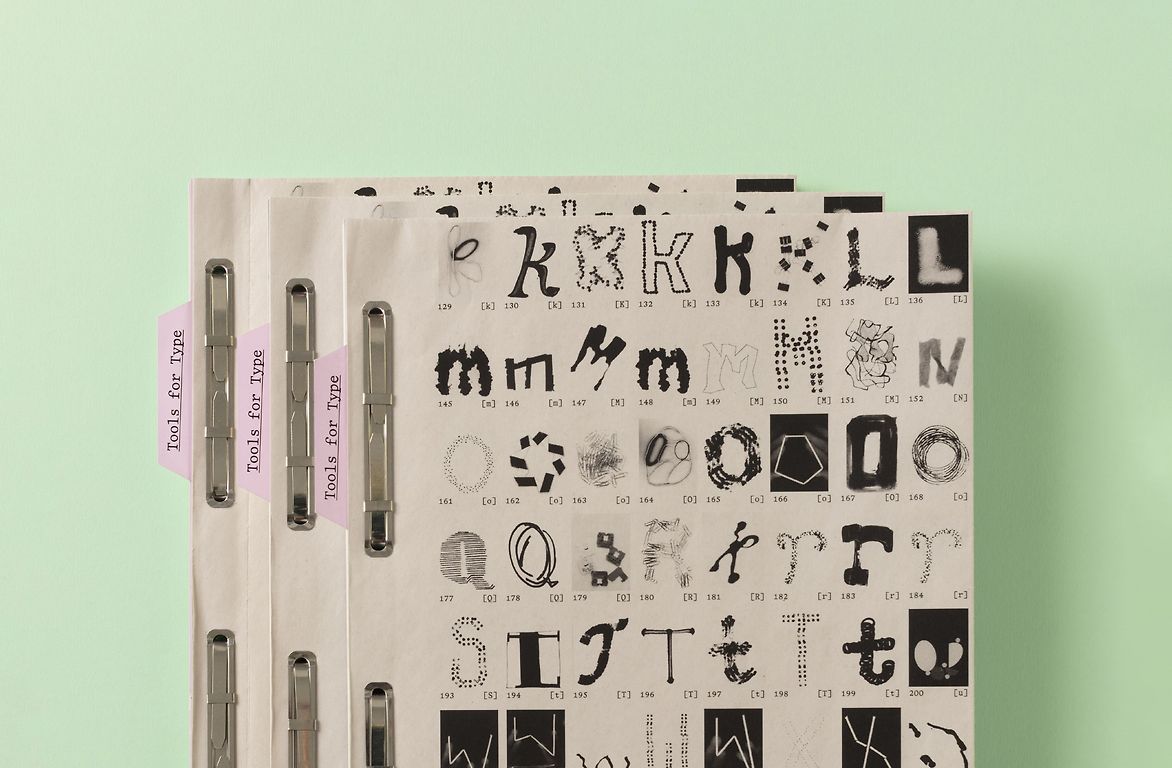
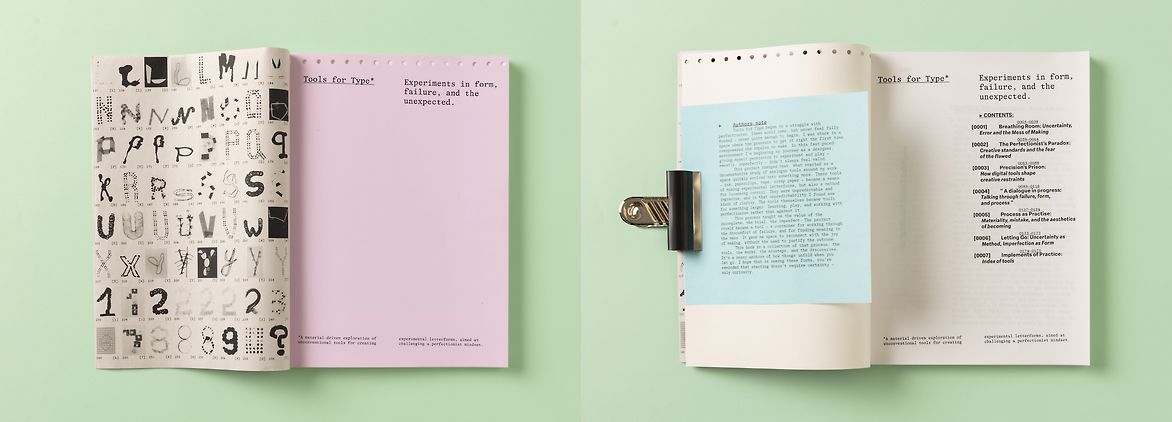
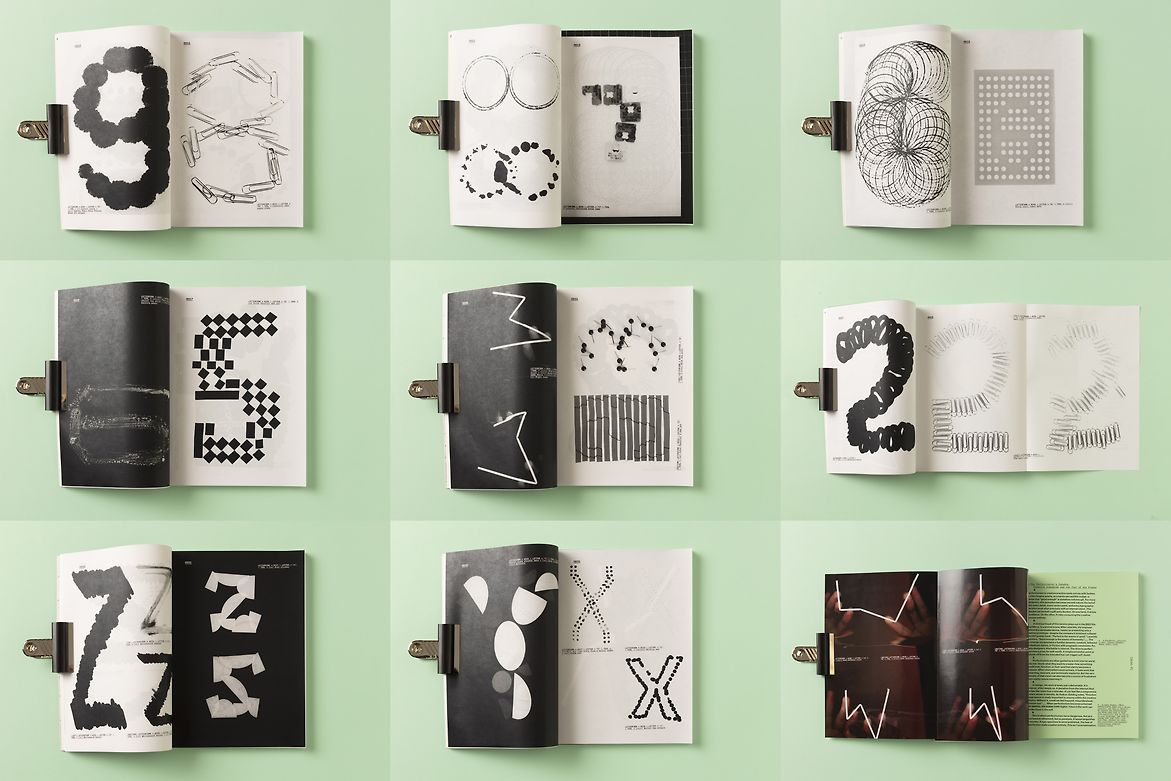
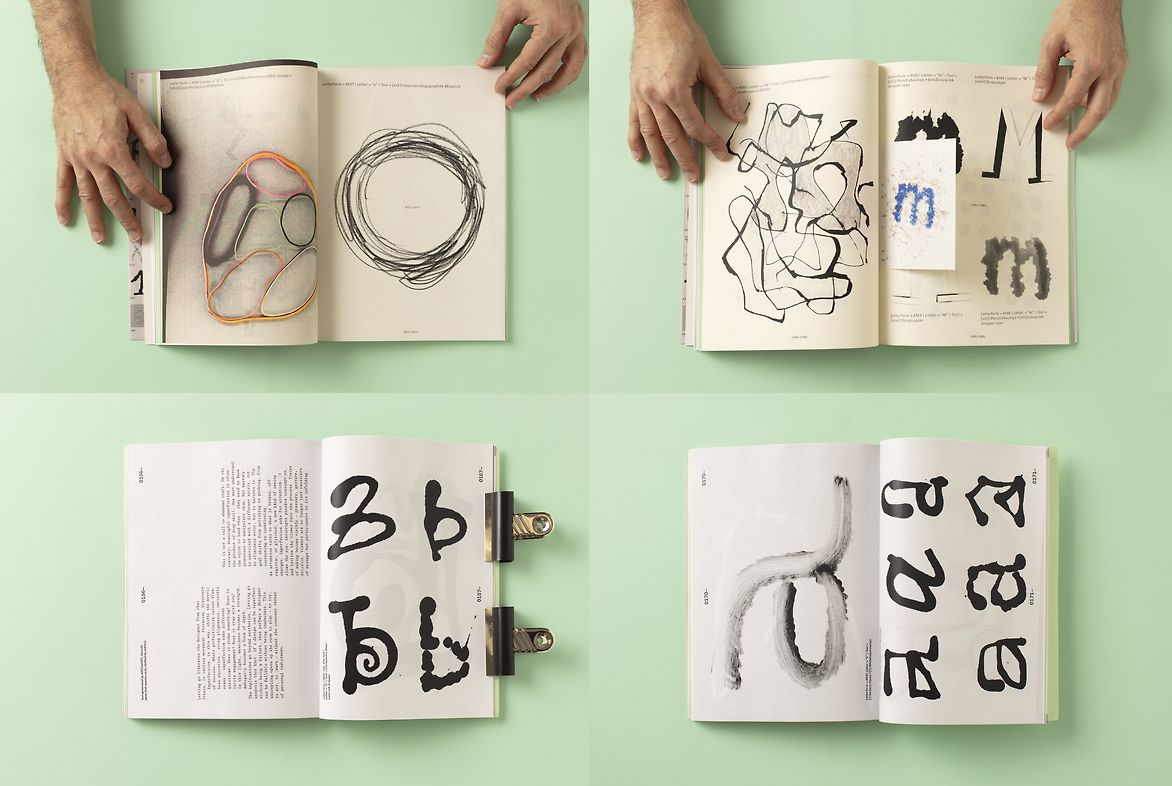
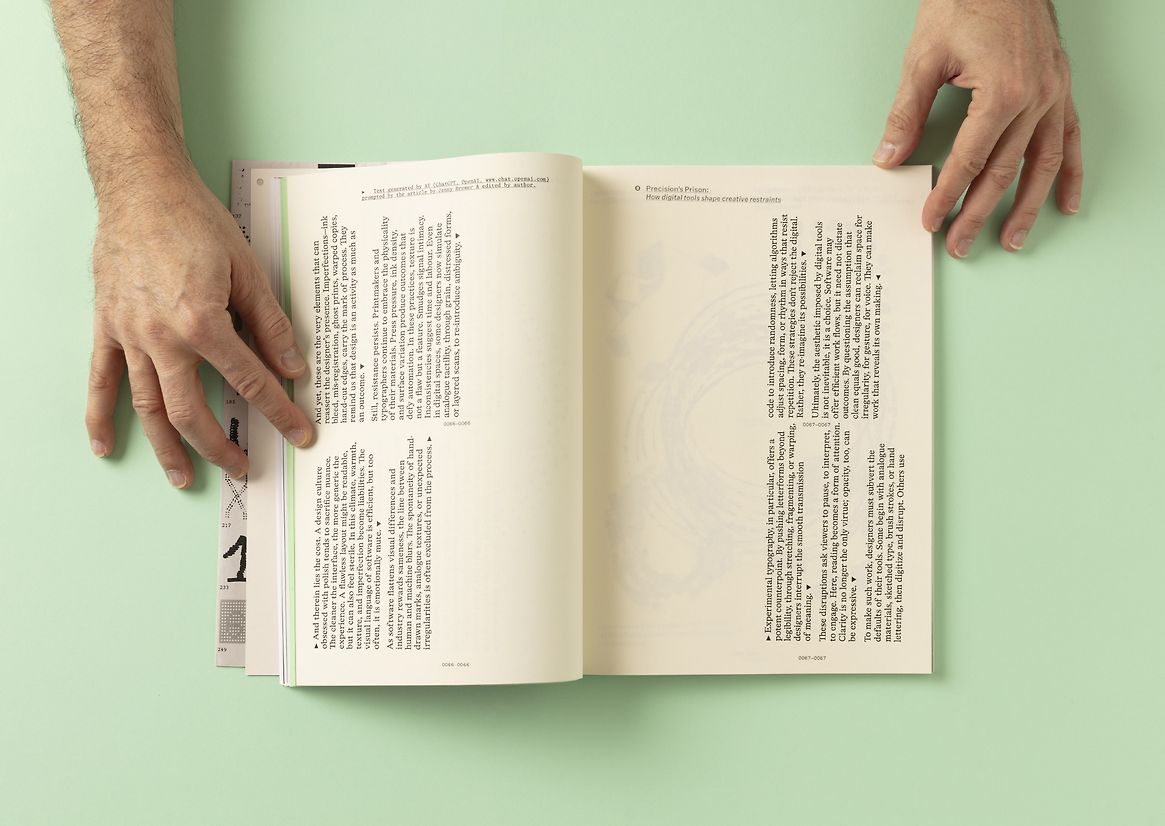
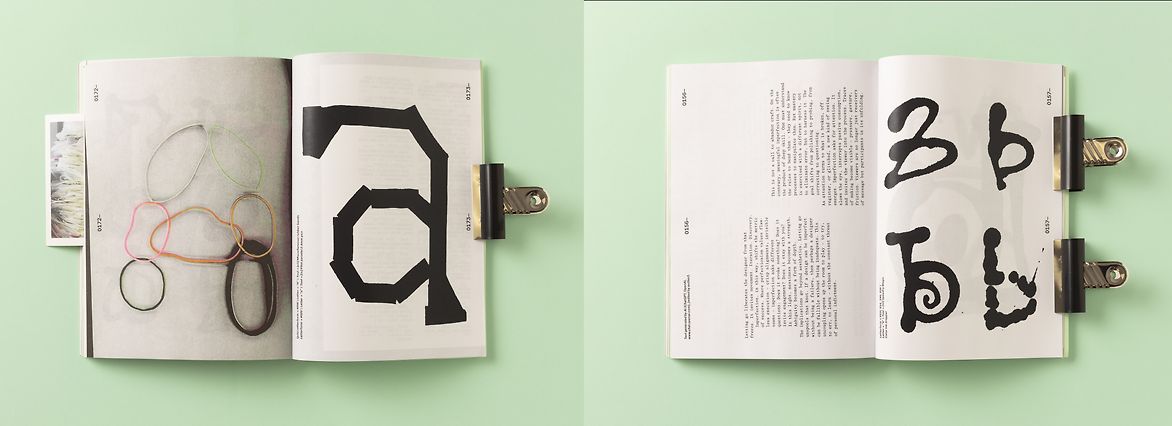
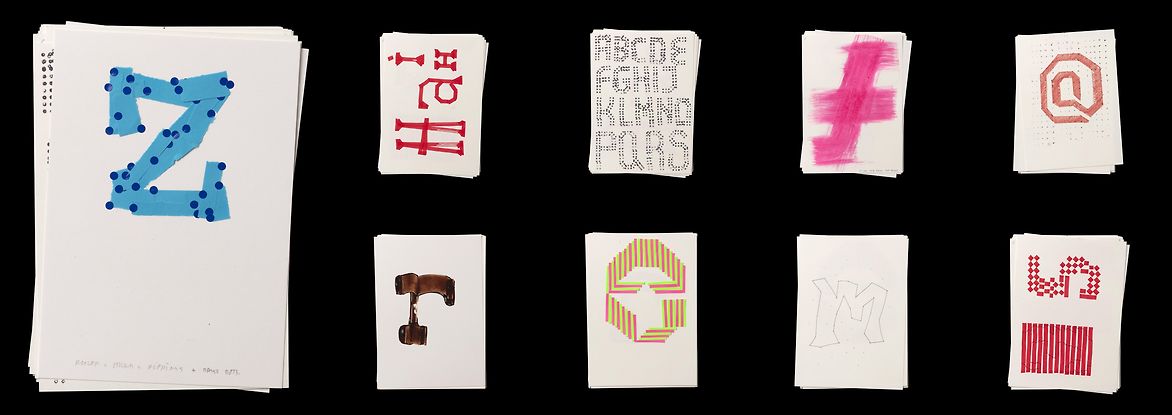
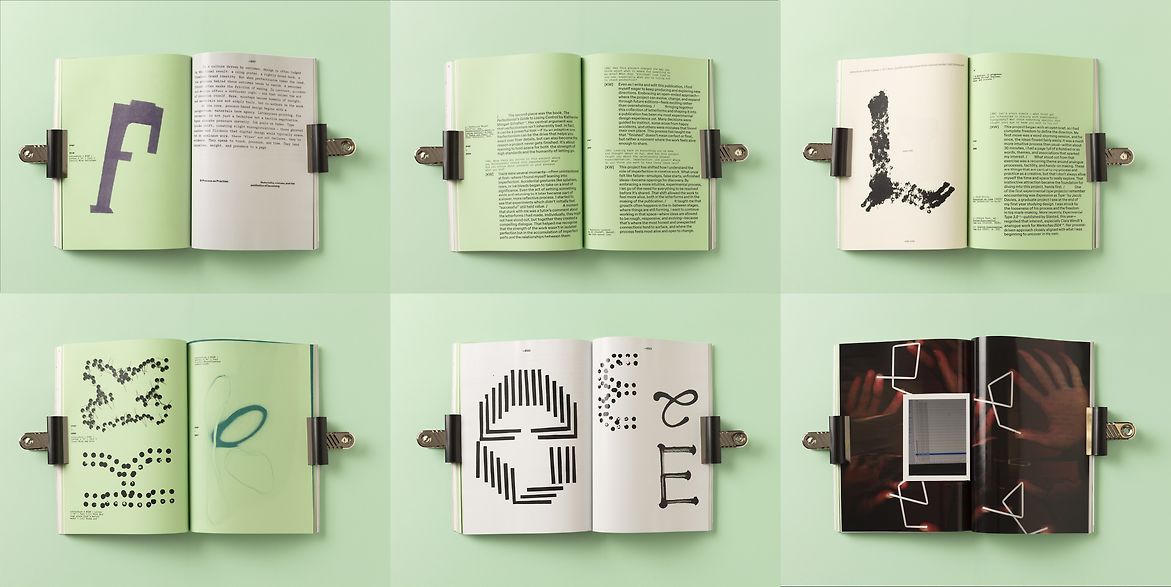
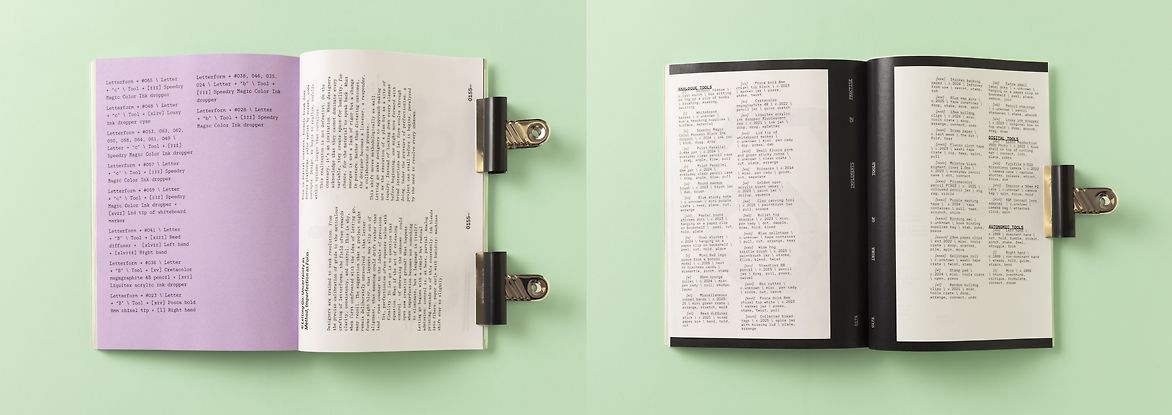
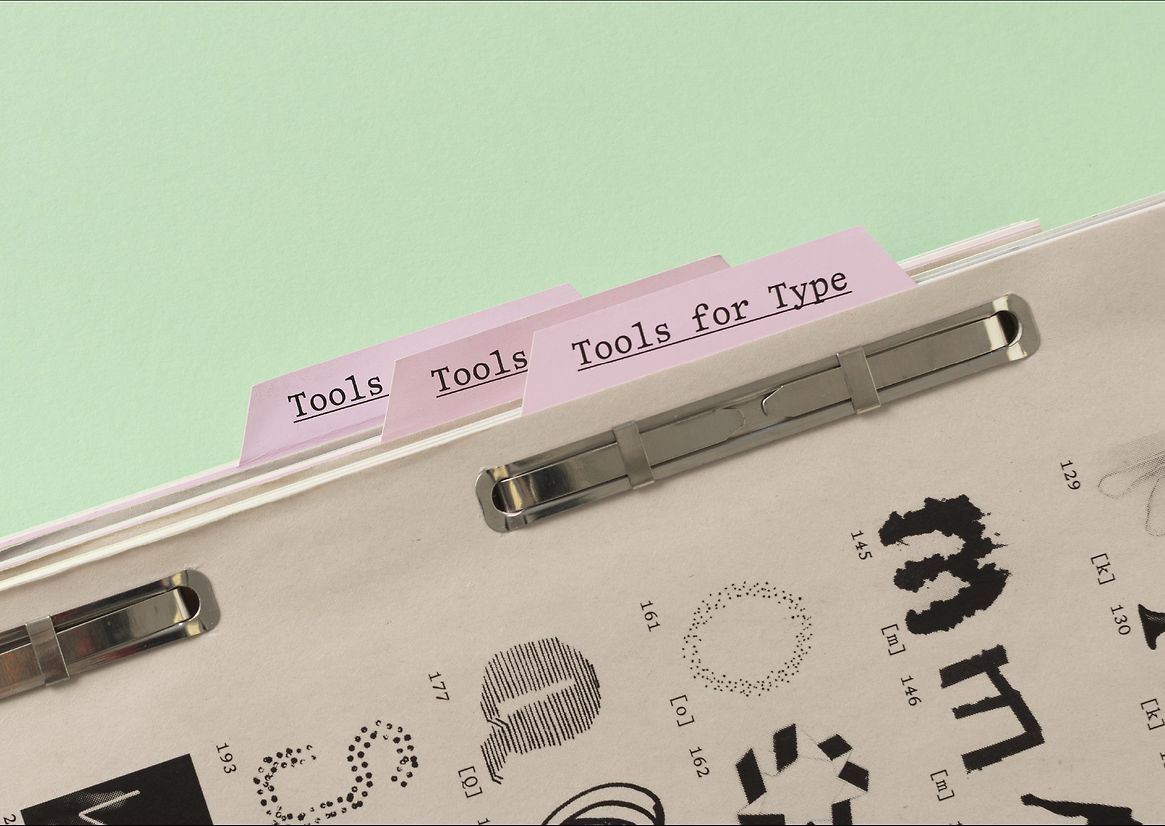
Description:
‘Tools for Type’ explores the creative tension between experimental typography and the restrictive effects of perfectionism. This publication responds to a common challenge faced by many designers: the paralysis that arises from striving for flawless work before even beginning. The project was an opportunity to rethink this mindset by embracing imperfection, failure, and process as essential and valuable parts of creative practice.
Rooted in analogue methods, ‘Tools for Type’ is both a conceptual exploration and a physical object. It showcases a collection of typographic experiments created with unconventional tools and materials, deliberately resisting the control and precision common in conventional design. By foregrounding unexpected outcomes and imperfections, the publication reframes failure as a generative force rather than a flaw.
The approach was multi-layered. The publication’s format, a US Letter size with an open spine and non-committal binding, invites interaction and change, reflecting the evolving nature of creative work. It features a sequence of letterforms ordered in reverse, deliberately disrupting conventional reading rhythms. The use of eight different paper stocks and minimal printing finishes brings tactility and a tangible sense of process to the work, highlighting the materiality of the type.
Within the layout, tension is played out between rigid grids containing the analogue letterforms and digitally set text that is intentionally irregular and “wonky.” This contrast echoes the dialogue at the heart of the project: the push and pull between perfectionism and experimentation, control and looseness, digital and analogue.
Ultimately, ‘Tools for Type’ became a personal and conceptual tool, a means to break free from overthinking and to embrace the journey of making. The publication embodies a shift from focusing on a fixed outcome to valuing exploration, uncertainty, and the visible traces of process. It challenges conventional design norms and encourages a more open, playful, and forgiving approach to creativity.
Judge's comments:
This publication is a pleasure to explore. Dealing with a topic that all designers wrestle with. Strong conceptual commitment to analogue methods and layered with detail.